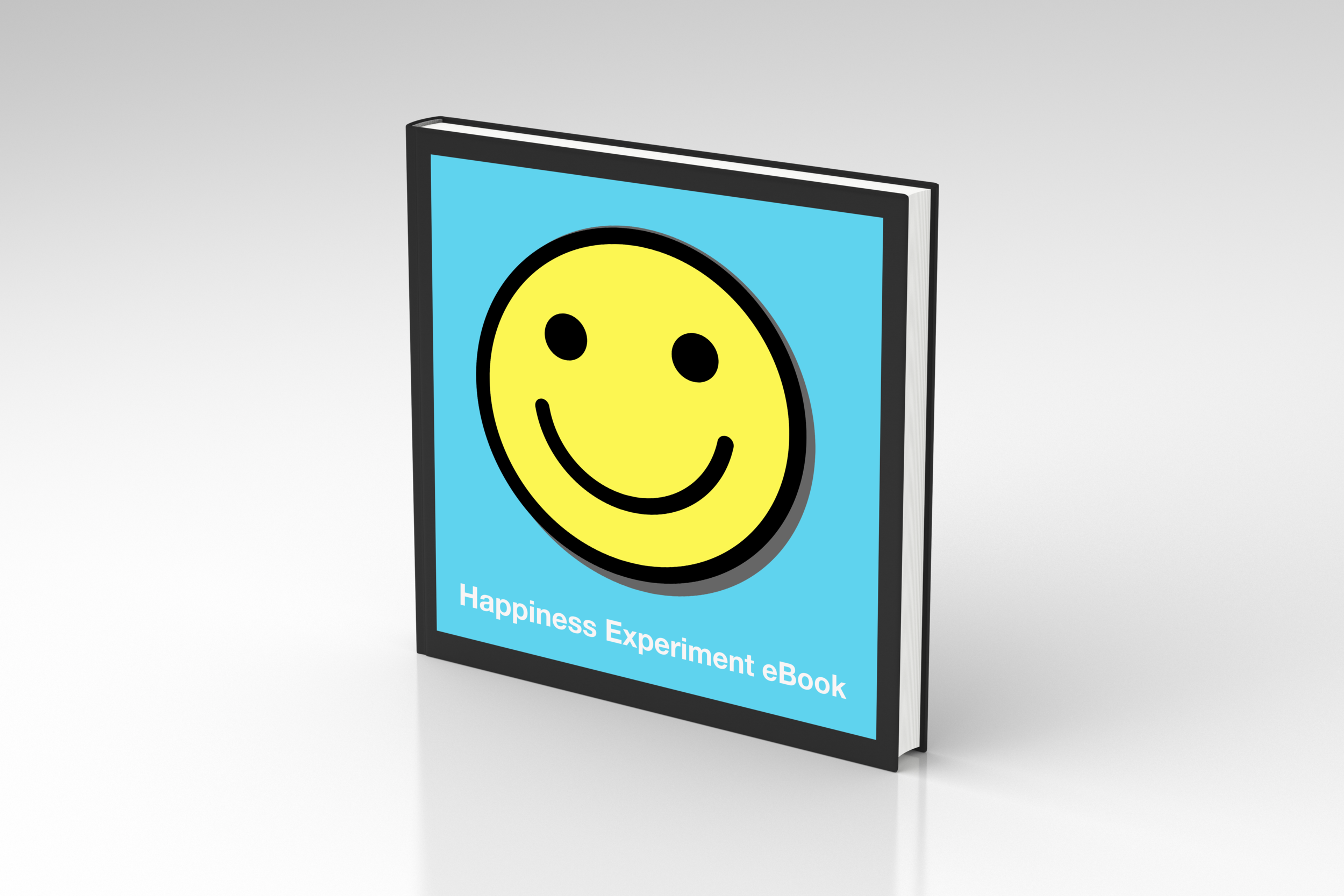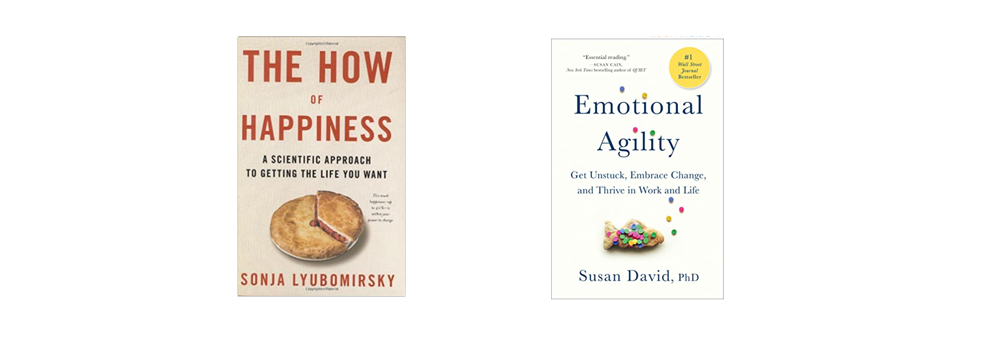Conduct a happiness experiment on yourself.
Have you ever Googled “How to be happy?” Let me Google that for you. 😁😁😁. You’ll find a whole bunch of articles touting various approaches, including:
SOME PEOPLE ARE BORN HAPPY • GETTING WHAT YOU WANT DOESN'T • BRING LASTING HAPPINESS • PAIN IS A PART OF HAPPINESS • MINDFULNESS BRINGS HAPPINESS • HAPPINESS LIES IN THE CHASE • YES, MONEY BUYS HAPPINESS — AT LEAST SOME MONEY AND SOME HAPPINESS • HAPPINESS IS RELATIVE • OPTIONS MAKE US MISERABLE • HAPPINESS IS OTHER PEOPLE • DO YOUR HAPPINESS HOMEWORK • HAPPINESS HINGES ON YOUR TIME FRAME • YOU'RE WRONG ABOUT WHAT WILL MAKE YOU HAPPY AND YOU'RE WRONG ABOUT WHAT MADE YOU HAPPY •HAPPINESS IS EMBRACING YOUR NATURAL COPING STYLE • HAPPINESS IS LIVING YOUR VALUES
Are you getting a lot from that? Maybe confused?
There are tons of advice articles on how to feel happier in life. As someone who studies emotion, I’ve read many of them. I’ve found that the ones rooted in science are great informative reads, like “The HOW of Happiness” by Sonja Lyubomirsky and Emotional Agility: Get Unstuck, Embrace Change, and Thrive in Work and Life Kindle Edition by Susan David.
Dr. Lyubomirsky shares a lot of great background from her 18 years of studies and you can really get to understand the true underpinnings of happiness. In Emotional Agility, Dr. David breaks down four steps for “unhooking” yourself from your value judgments about your emotions. Great stuff! Highly recommended reads.
Do you learn by doing? Maybe you are a scientist.
I am both a designer and a scientist. The two fields have one major thing in common… experiments. Science experiments have a very structured approach; start with a problem, form a hypothesis, design an experiment, try to disprove the null hypothesis through statistical significance. Designers, especially those of us that practice Design Thinking, also starts with a problem to solve. In the designer’s experiment, though, we go about it in an opposite way… we spend heaps of time trying to assemble a wide variety of hypothesis that could potentially solve the problem. Then, instead of committing to one solution, we design a variety of potential solutions and test them for effectiveness before we commit to solving the problem with one.
Design is science gone rouge
It’s the same concept, only not constrained by the idea in academia that looking at data, then forming a hypothesis (know as “post-hoc-ing, p-hacking”) is wrong. In fact, it’s the recommend approach for designers. Look at the data, find patterns, then… form a few hypothesis’. Try them all out and see which one works best.
Design can innovate answers for science to prove
It may appear on the surface that design and science are at odds. However, I disagree. In fact, I think design and science should become best buddies. Design is the rebel child, acting without rules, pushing the boundaries of creativity. Science is the dutiful child, playing by the rules, enforcing the rules, and providing the evidence of reality. Design can innovate new ideas and creative solutions, and science can prove or dis-prove the validity of the solution. One happy family!
This brings me to the gap: happiness brought to you by scientists is lacking innovative thinking
Great scientists, great books, awesome articles, all brought to you by psychologists. All (well many) are grounded in proven experimental data and therefore reliable. Those that are outside of science are ‘anecdotal’ and may provide value too. Because science must first state a hypothesis and then go through lengthy and expensive experiments to gather the data to prove or disprove, innovation in science takes years. Think about some of our biggest commercial innovations – the iPhone for example– what if Steve Jobs was a scientist vs. a design driven entrepreneur? He would have had to build and launch so many costly failures without the ability to rapidly prototype, test, pass/fail, improve, deploy.
Design first. Science second.
If you’ve read this far, I hope you’ve already downloaded the eBook at the top of the page. What you’ve read is intended to provide you with a framework to conduct an experiment on yourself. Try it! Start paying attention to what components impact your joy in life, and follow a designer’s path to express you life in the way that’s most fulfilling for you.
By Tina Schweiger, Product Designer for Mindful Appy
I’m currently practicing as a digital strategist and designer, and researching emotion and mindfulness as it relates to the workplace. I’m a candidate at Harvard Extension School for a Master’s Degree in Industrial Organizational Psychology. Questions? Learn more? Contact me.


